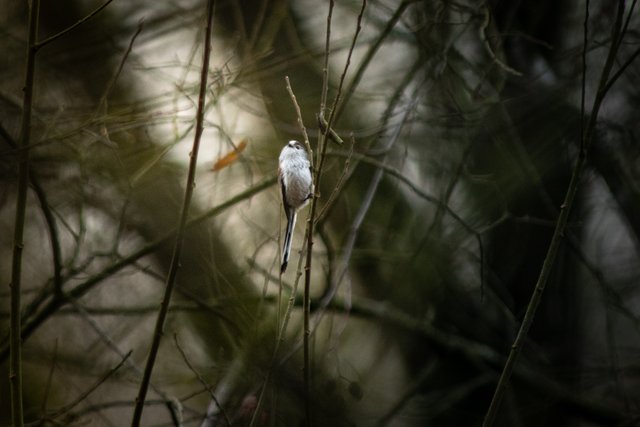Wildlife Photography...And How To Improve
Quite a while ago now (still probably less than a year ago though) I started taking pictures of wildlife just for the fun of it and never really thought too much about composition and the entirety of the image, just whether it was exposed well enough and decently sharp.
Now that I've spent quite a few months working on my pictures and taking on advice as well as thinking about the picture I'm taking rather than just getting as many snapshots as I can, I have found a few tips and general bits of technique that have really started to take a positive effect on what my images come out looking like.
The main takeaway from all the pieces of info that I've read up on about making your photography interesting and engaging, for me, would be to consider what you place in your background.
It doesn't always have to be branches and out of focus leaves etc. you can have a seemingly 'plain' and 'boring' background (as I have shown in a couple of the pictures below) but for a better photo (in my opinion) there has to be either clear separation between the subject and the background, or for the scenario that the subject's into work with the subject to create a mood or interest in the scene.
With the close-up of the Chaffinch in comparison to the Long Tailed Tit dangling from a branch, we see both of these methods coming into play and both (well, to me anyway) have an extremely 'meaningful' background and serve a purpose for the image.
The background for the Chaffinch photo is used for clear separation with the subject and to not distract from the profile shot and what I want to be the main 'attention-grabber' of the photo. The Chaffinch and Long Tailed Tit photos have the complete opposite effect due to the fact that the background and foreground are so prominent and play such a large role in showing the subject off in its natural surroundings and creating more of an ambience as a result.

